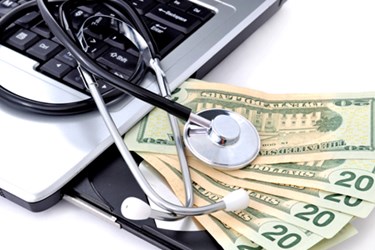mHealth's $100 Billion Savings Potential

By Katie Wike, contributing writer

Mobile healthcare devices have the potential to save the U.S. healthcare system more than $100 billion over the next four years.
The U.S. healthcare system could save over $100 billion over the next four years by using mHealth devices, according to an Accenture report. According to the report, the $100 billion will be saved simply by using technology such as Web-enabled devices, digital diagnostic tools, and other FDA-approved IT.
Healthcare IT News writes the savings last year alone totaled $6 billion dollars. Experts expect savings to be $10 billion this year, $18 billion next year, $30 billion in 2017, and $50 billion in 2018.
“A digital disruption is playing out in healthcare, as witnessed by the emergence of new business models and technology that will change the nature of patient interactions, alter consumer expectations and ultimately improve health outcomes,” said Rick Ratliff, managing director of digital health solutions at Accenture in a press release.
According to mHealth News, four key factors led to the growth of mHealth and in turn, billions in savings. First, Providers – driven in part by meaningful use mandates – and consumers are using more technology to access portals and integrate with electronic health records. Second, consumers are increasingly monitoring their own healthcare.Third, guidelines from the federal government are making it more clear which devices are health and wellness and which are medical devices. And fourth, reimbursement guides are improving.
“The proliferation of internet-connected solutions and evolving regulatory guidelines are blurring the lines between clinical and consumer health solutions,” added Ratliff “As consumer health platforms support more ‘medical’ devices, rather than just today’s wellness trackers, they’ll create a viable self-care model in a segment that today is occupied by chronic-disease monitoring companies.”
